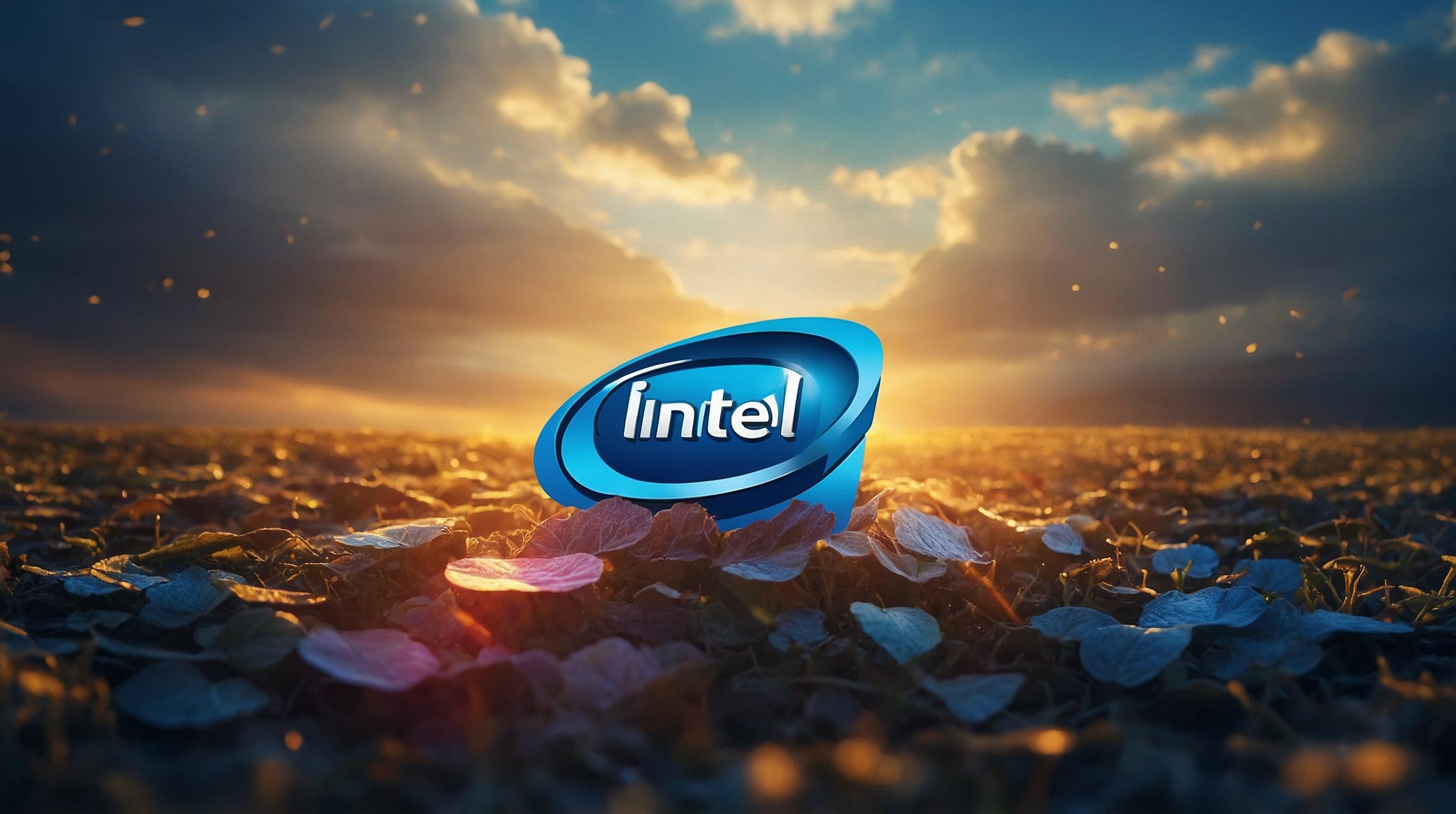Tesla Teaser Videos Spark Market Speculation
Tesla, the electric vehicle leader, recently posted teaser videos on social media platform X, triggering widespread speculation about an upcoming vehicle launch. The first video features a spinning mechanical component, potentially part of a new vehicle, concluding with the date “10/7,” signaling an announcement on Tuesday. A second teaser displayed only the headlights of a vehicle, adding to the intrigue surrounding Tesla’s next move in the automotive market.
Emerging Theories: Roadster or Mass Market Model
Industry analysts and enthusiasts have proposed two main theories in response to Tesla’s teasers. The first posits that Tesla is preparing to unveil the long-awaited next-generation Roadster, a high-performance sports car that CEO Elon Musk has promised since 2017. Alternatively, the second theory suggests Tesla may be focusing on launching an affordable mass-market vehicle, a strategic move to bolster sales amid intensifying competition.
The Roadster: A Promised Icon
Elon Musk first teased the next-generation Roadster concept in November 2017 and reiterated his enthusiasm through subsequent communications, including multiple tweets in 2018. In September 2025, Musk described the new Roadster as “something special beyond a car,” emphasizing its anticipated uniqueness. However, Musk’s track record includes frequent delays and revisions to timelines, raising cautious expectations among investors and consumers alike.
Mass Market Vehicle: Addressing Price Sensitivity
Tesla has indicated plans to release a more affordable vehicle within the current year, aimed at expanding market reach. Musk confirmed that this offering will essentially be a stripped-down version of the Model Y, targeting a lower price point. Such a vehicle could be pivotal in reversing Tesla’s recent sales challenges, particularly in price-sensitive regions.
Market Challenges and Competitive Pressure
Tesla’s sales momentum has shown signs of strain. While the company reported a surge in auto deliveries in Q3 2025, this was largely attributed to a pull-forward of demand ahead of federal tax credit expiration. Previous quarters saw declines, underscoring volatility. In Europe, Tesla faces a sustained sales slump, while in China, competition is intensifying. Local EV manufacturers such as BYD have expanded aggressively both domestically and internationally, introducing low-cost models that challenge Tesla’s market share. This competitive landscape increases pressure on Tesla to introduce a vehicle priced between $25,000 and $30,000 to remain relevant in global markets.
FinOracleAI — Market View
Tesla’s recent teaser videos have reignited anticipation for a significant product launch, with two primary possibilities: the next-generation Roadster or a new affordable mass-market vehicle. Both options carry distinct strategic implications for Tesla’s growth trajectory and competitive positioning.
- Opportunities: A successful Roadster launch could reinforce Tesla’s brand as an innovator in high-performance EVs, generating excitement and premium sales.
- An affordable mass-market model could unlock broader consumer segments, driving volume growth and countering competitive pressures.
- Expanding Tesla’s product lineup supports diversification amid evolving market dynamics and regulatory environments.
- Leveraging existing Model Y platform for a stripped-down variant may optimize cost efficiency and speed to market.
- Risks: Continued delays or failure to meet product expectations could erode investor confidence and brand loyalty.
- Price-sensitive markets remain highly competitive, with Chinese manufacturers aggressively expanding low-cost EV offerings.
- Potential cannibalization of existing Tesla models if new vehicles overlap in market segments without clear differentiation.
- Macroeconomic factors and shifts in government incentives could impact demand unpredictably.
Impact: Tesla’s forthcoming announcement is critical. A well-executed launch addressing affordability and innovation could revitalize sales momentum and strengthen global market share amid intensifying competition.













